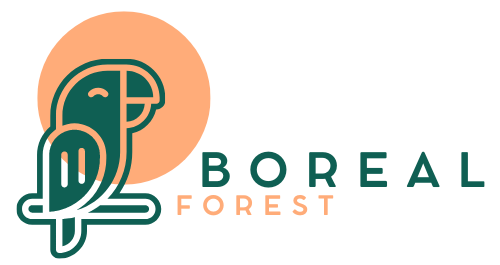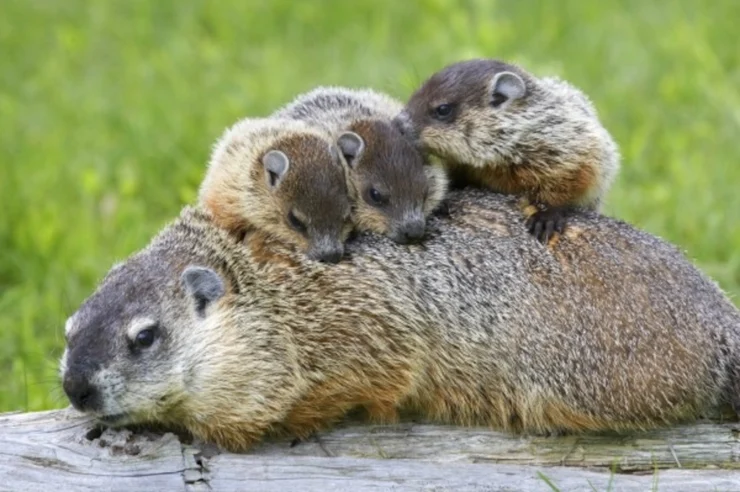Groundhog “Woodchuck” – Marmota Monax
Distinguishing Features – Overall colouration, varying, from pale buff to black with buff-tipped guard hairs, giving a “salt and pepper” appearance; dark brown to black on tail and feet. Heavy-bodied; short-legged. Size 45.7 – 65 cm (18 – 25.6 in) Habitat Widespread throughout Northwestern Ontario; prefers pastures and fields; forest edges. Diet Grazer; vegetative parts … Read more










